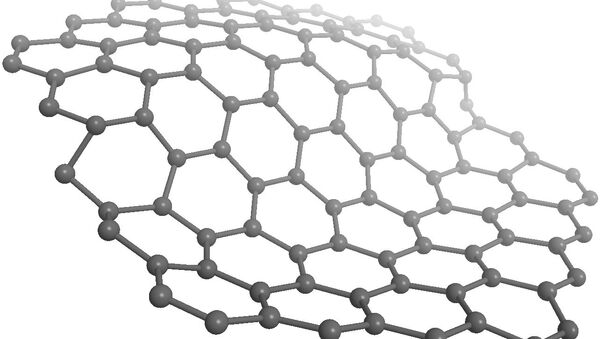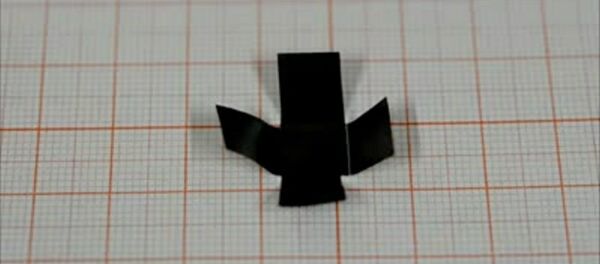Graphene is a one-atom-thick crystalline carbon film. Due to its unique characteristics (special electronic properties, high conductivity, transparency, the mechanical stretching property and others), graphene is a promising material that is in high demand in nanoelectronics.
Scientists from MEPhI have succeeded in producing graphene with a very high stability to ozonation using high-temperature sublimation of silicon carbide (SiC). The resulting graphene maintains contact with ozone for more than 10 minutes, while ordinary graphene loses its properties after only three or four minutes under such conditions. The study is published in the prestigious scientific journal, Carbon.
To further examine the effects, scientists from Greece, France and Sweden were brought onto the team. Using computer modeling, the experts were able to figure out why SiC-graphene was more stable under the impact of aggressive oxygen free radicals. The new graphene's abnormal stability appeared to be associated with the low roughness of epitaxial graphene on SiC-substrate (epitaxy is a natural buildup of one crystalline material upon the surface of another).
"It turned out that the usual ‘rough' graphene is more vulnerable due to the presence of convex areas; these areas show high reactivity to the formation of epoxy groups, which destroy its integrity," Konstantin Katin, Assistant Professor of the Department of Condensed Matter Physics at the MEPhI Institute of Nanotechnology in Electronics, Photonics, and Spintronics, told RIA Novosti.
"The results show that the technological process for the production of industrial graphene with improved characteristics can involve the nanofabrication of graphene on the basis of silicon carbide with its subsequent ozonation. Ozonation itself is an effective way of clearing graphene obtained in any way. The only limitation on the purification techniques has to do with the possible roughness of the graphene sheet: it must be almost perfectly smooth," Mikhail Maslov, Assistant Professor of the Department of Condensed Matter Physics, said.
This discovery is bound to become the cornerstone of promising technologies to purify high-quality industrial graphene with stable electronic characteristics.


